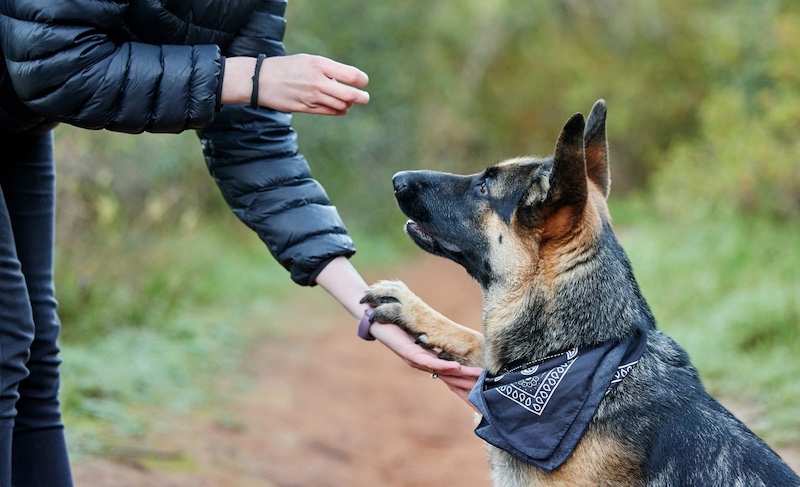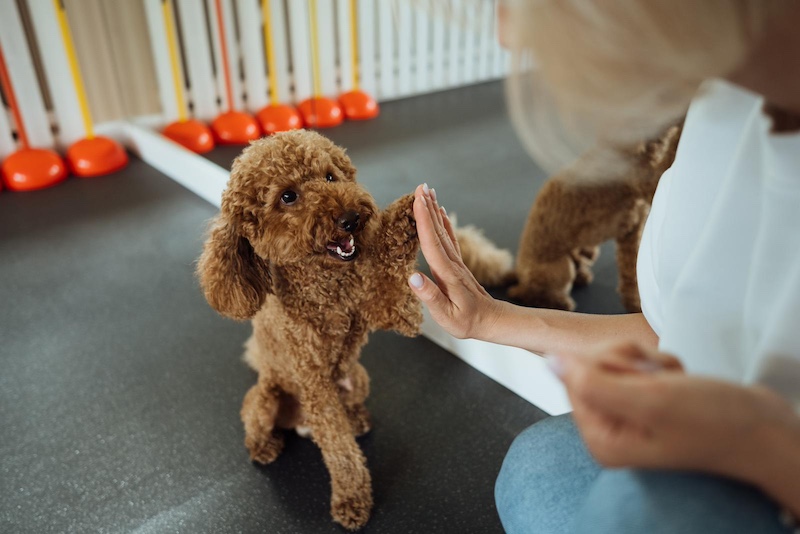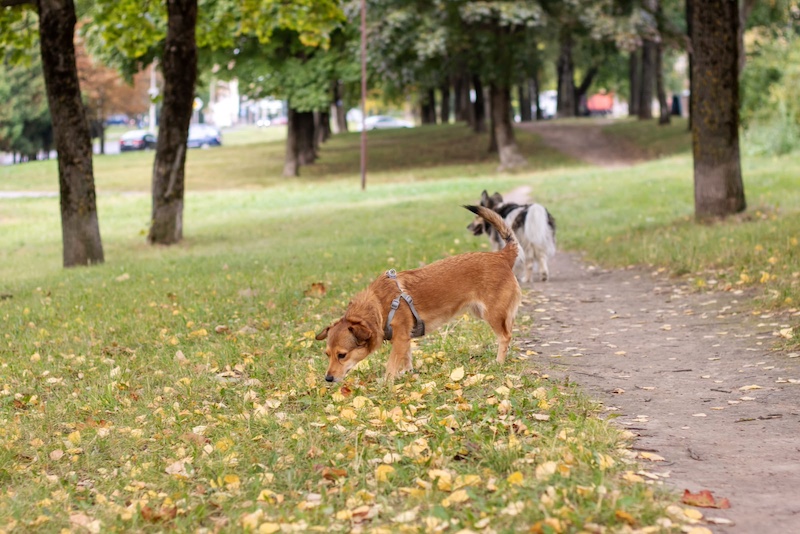Dealing with a stubborn dog can be challenging, but with patience, consistency, and the right techniques, you can turn your headstrong companion into a well-behaved and cooperative pet. Whether your dog is ignoring commands or refusing to listen, these ten tips will help you manage stubborn behavior effectively.
1. Understand the Breed

Before you can address stubborn behavior, it’s important to understand your dog’s breed. Some breeds, like Bulldogs, Dachshunds, and Terriers, are naturally more independent and strong-willed. This doesn’t mean they can’t be trained, but it does mean you’ll need to adapt your approach to fit their personality. Research your dog’s breed to understand their natural tendencies and find training methods that work best for them.
2. Establish Clear Boundaries

Stubborn dogs often take advantage of unclear boundaries. If your dog doesn’t know what is expected of them, they’re more likely to act out. Establish clear rules for your dog and be consistent in enforcing them. For example, if you don’t want your dog on the furniture, make sure everyone in the household is on the same page and consistently enforces this rule.
3. Be Patient

Patience is key when dealing with a stubborn dog. Change won’t happen overnight, and it’s important to stay calm and composed during training sessions. Getting frustrated or angry will only make the situation worse, as dogs can sense your emotions and may become more resistant. Instead, take deep breaths, remain calm, and understand that progress will take time.
4. Use Positive Reinforcement

Positive reinforcement is one of the most effective training methods for stubborn dogs. Reward your dog with treats, praise, or playtime when they follow a command or exhibit good behavior. This reinforces the idea that good behavior leads to positive outcomes. Make sure the rewards are something your dog finds highly motivating, whether it’s their favorite treat or a special toy.
5. Keep Training Sessions Short and Fun

Stubborn dogs can easily become bored or frustrated with long training sessions. To keep your dog engaged, keep training sessions short—around 5 to 10 minutes—and incorporate fun activities. Use games, toys, and interactive exercises to make training enjoyable for your dog. This will help them associate training with positive experiences and increase their willingness to participate.
6. Be Consistent

Consistency is crucial when training a stubborn dog. If you’re not consistent with your commands, rewards, and boundaries, your dog will become confused and may resist training altogether. Make sure you’re using the same commands and techniques every time you train, and ensure everyone in your household is doing the same. This will help reinforce the desired behavior and reduce stubbornness.
7. Identify Triggers

Stubborn behavior often stems from specific triggers. Identify what causes your dog to act stubbornly—whether it’s certain situations, commands, or environments—and address these triggers directly. For example, if your dog refuses to come when called at the park, practice recall in a controlled environment with fewer distractions, gradually increasing the difficulty as they improve.
8. Practice Patience with Distractions

Stubborn dogs often struggle with distractions, making it difficult to get their attention in certain situations. Practice commands in a variety of environments, gradually increasing the level of distraction. Start in a quiet room and slowly work your way up to more challenging environments, such as the park or a busy street. This will help your dog learn to focus on you, even when there are distractions present.
9. Use a Firm but Gentle Approach

While it’s important to be firm with a stubborn dog, it’s equally important to be gentle. Harsh training methods can backfire, making your dog more resistant and fearful. Instead, use a firm tone of voice to command your dog, but avoid yelling or using physical punishment. A calm, assertive approach will help you gain your dog’s respect without instilling fear.
10. Seek Professional Help if Needed

If you’ve tried everything and your dog’s stubborn behavior persists, it may be time to seek professional help. A certified dog trainer or behaviorist can assess your dog’s behavior and provide tailored advice and training techniques. They can also help you identify any underlying issues, such as anxiety or fear, that may be contributing to your dog’s stubbornness. Please Note: This content was created with the assistance of AI and thoroughly edited by a human before publishing.

